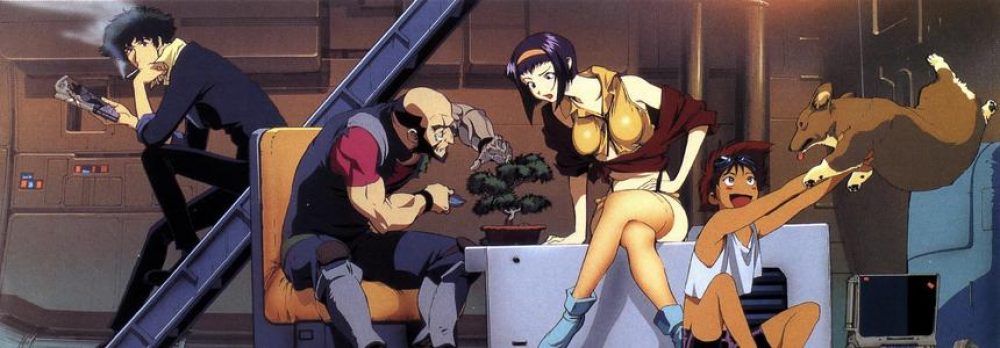This week I mainly carried out the role import work and cloth settings in UE4.
Role import is a simple but error-prone step. As I mentioned in the previous blog, I always get an error when I import it into UE after binding, that is, the imported bone should have only one root node. I finally found that it is because the bones of the face are independent of the Root_M bones. , This is a problem caused by the use of advanced skeleton5 binding, in which you need to pay attention to check the game engine under the face rig menu.


The material configuration after importing is not complicated. Export the Unreal packed texture from Substance Painter, and you will get three basic textures, basecolor, Normal, OcclusionRoughnessMetallic, and models with light-emitting parts that will also have an emissive texture everywhere.


These textures are well understood to use according to the name. One thing that needs to be paid attention to is the file with the long name, OcclusionRoughnessMetallic. It looks like this:

It looks strange, but if we look at the export settings in Substance Painter, we will find that the three channels of this texture store different information, AO, Roughness, and Metallic.



Therefore, the texture in the UE’s material should be connected like this in the picture:

After successful import, I get such an effect:

Next, because the outermost apron of the character is made of cloth material, I decided to try the cloth simulation in UE. I mainly refer to this video:
The basic process is to select the model to create the cloth data file, and then use the brush and other tools to draw the weight of the cloth simulation. I mainly painted the hem of my clothes.

The result of applying cloth after drawing is not good. This is because of the problem of cloth collision body setting. The imported skeletal mesh will generate a default physical collision body, which is basically automatically generated according to each bone, with some size and position. deviation.
Default physical assets:

Physical assets after manual modification:

(The part of the physical assets that will not collide can be deleted, and the fewer collision bodies can provide higher collision accuracy)
After that, you need to adjust the parameters of the cloth simulation. Here I just increased the value and friction affected by the wind, and the final result will make the cloth look a little heavier.
